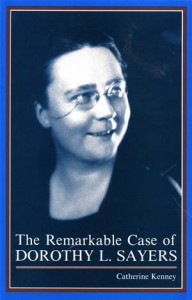One of the most fascinating comments often made about Dorothy l. Sayers is that she wrote ?real? novels. Catherine Kenney considers why Sayers mysteries tend to strike astute readers this way, and in so doing, suggests her place not only in the history of detection, but in the larger tradition of the English novel which she admired. Gaudy Night, for example, bears striking similarities to nineteenth-century English fiction, especially the novels of Jane Austen. The links between these authors have important implications not only for literary and social history, but also for our growing understanding of the subtle relationship between gender and genre.Unlike earlier book-length studies of Sayers, what Professor Kenney has written is not a biography or a survey, but an assessment of Dorothy Sayer?s main contributions to modern letters and culture. Drawing upon Sayer?s novels, essays, plays, manuscripts, and letters, Kenney demonstrates the organic relationship of the parts of Sayer?s canon and argues persuasively that all of her important themes and concerns are embedded in her best work, her fiction.Sayer?s three main accomplishments serve as the organizing principle of this book: first, her transformation of the modern detective story into a serious novel of social criticism and moral depth; second, her penetrating critique of the situation of modern women; and finally her compelling work as a lay theologian and interpreter of Christianity. Thus, the book proceeds not only in roughly chronological order, but also from the work that most readers know best what they know least. The author assumes some familiarity with Sayer?s fiction, but The Remarkable Case of Dorothy L. Sayers is not intended for specialists alone. Indeed, it is appropriate for the same reader that DLS had in mind when she wrote. It will appeal to those who already admire her work, and it may bring others to appreciate her as a literary figure of importance.
Remarkable case of d. sayers, the
Sobre
Talvez você seja redirecionado para outro site












